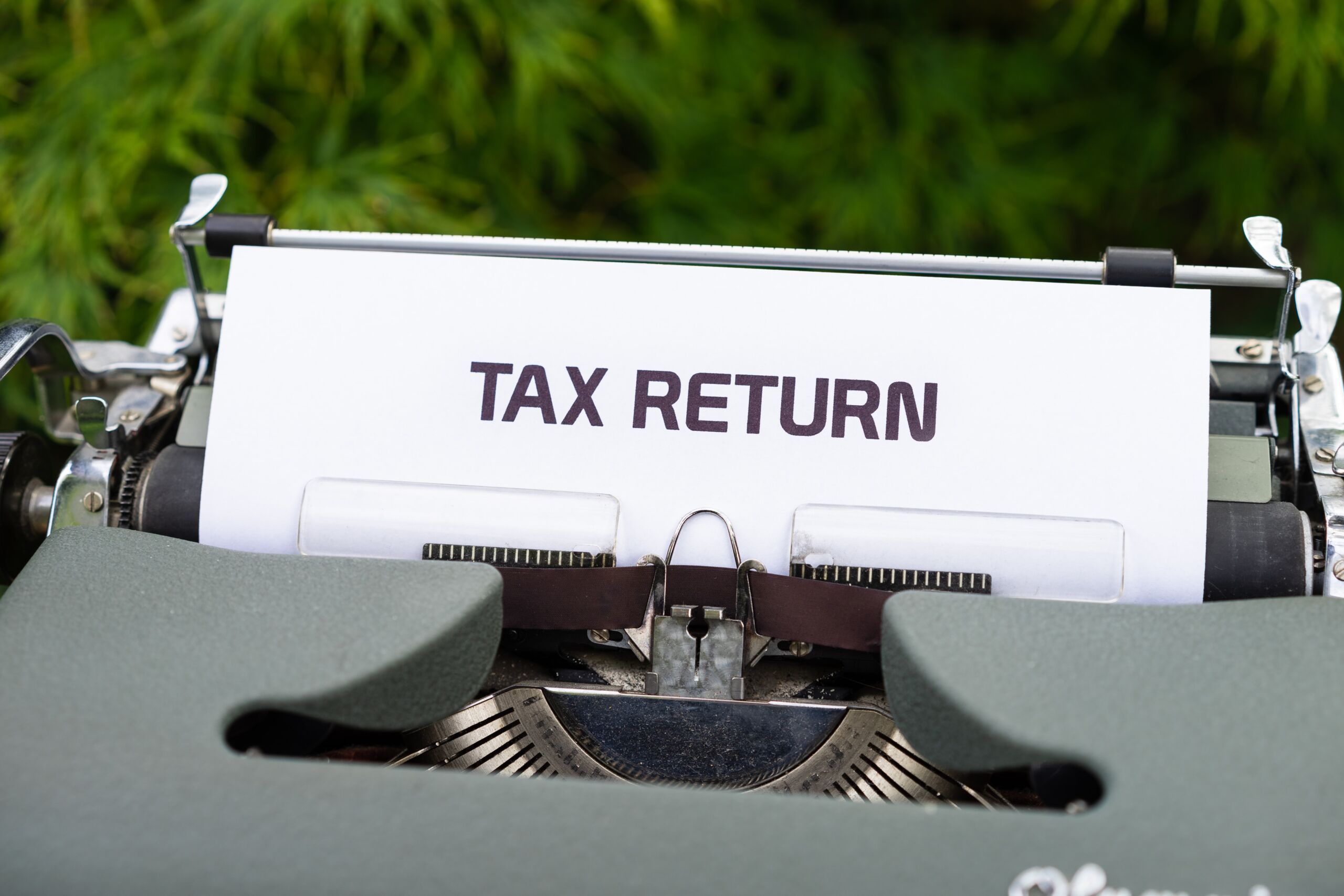Inflation
Inflation
Inflation is an increase in the general level of prices of goods and services in an economy over a period of time. When the general price level rises, each unit of currency buys fewer goods and services; consequently, inflation reflects a reduction in the purchasing power of money – a loss of real value in the medium of exchange and unit of account within an economy. A related concept is cost-push inflation, which occurs when an increase in the cost of production leads to a higher general price level.
Inflation can be measured in a variety of ways, including the consumer price index (CPI), the producer price index (PPI), and the gross domestic product deflator (GDP deflator). The CPI measures the percentage change in the price of a basket of goods and services consumed by households, while the PPI measures the percentage change in the price of goods and services produced by businesses. The GDP deflator measures the percentage change in the price of all goods and services produced within an economy.
There are several factors that can contribute to inflation, including demand-pull inflation, cost-push inflation, and monetary inflation. Demand-pull inflation occurs when there is too much money chasing too few goods, leading to higher prices. Cost-push inflation occurs when the cost of production increases, leading to higher prices. Monetary inflation occurs when the money supply increases faster than the rate of economic growth, leading to higher prices.
Inflation can have both positive and negative effects on an economy. On the positive side, inflation can encourage economic growth by stimulating consumer spending and business investment. It can also redistribute wealth from creditors to debtors, as debts are repaid with money that is worth less in real terms. On the negative side, inflation can erode the purchasing power of money, leading to a decline in the standard of living. It can also create uncertainty and discourage long-term planning, as people may be less likely to make long-term financial commitments when the value of money is uncertain.
To manage inflation, central banks use a variety of tools, including setting interest rates, adjusting the money supply, and implementing fiscal policies. For example, if the central bank wants to curb inflation, it may raise interest rates, which can reduce the money supply and slow down economic growth. Alternatively, if the central bank wants to stimulate economic growth, it may lower interest rates, which can increase the money supply and lead to higher inflation. The goal of these policies is to maintain price stability and promote economic growth.

Each month we’ll aim to bring a bit of humanity and common sense back into the world of finance.




